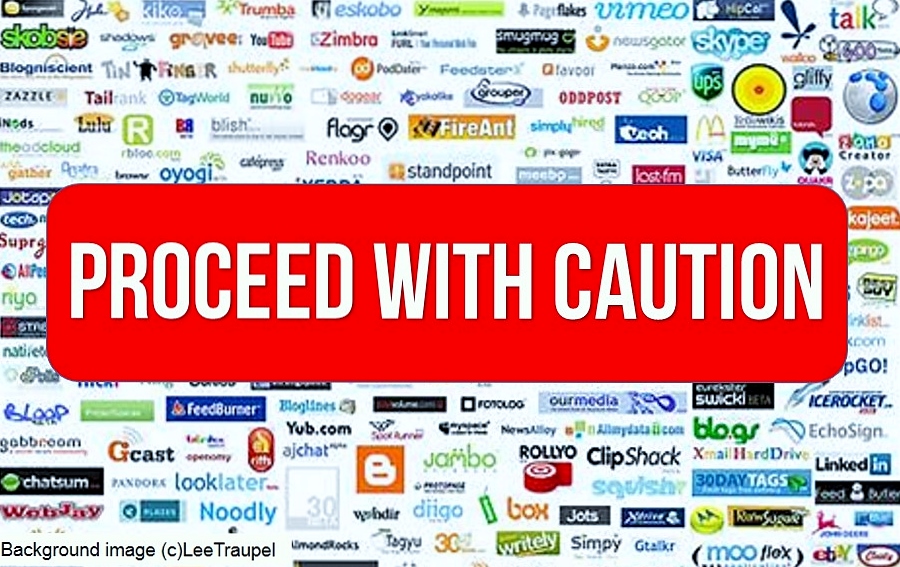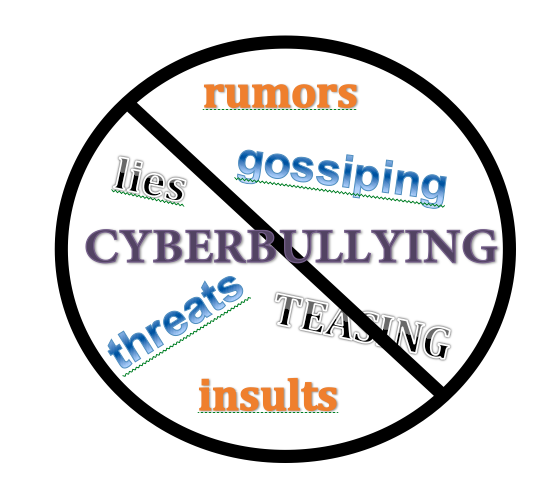Hiring managers and HR departments use social media content as part of their employment screening, at least the majority seem to these days. When you think of social media monitoring for a potential new hire, it’s instinctive to first think of looking at a candidate’s LinkedIn and Facebook profiles. But what about product reviews?
A social media monitoring program for the hiring process is all inclusive – it doesn’t just focus on the “big three” social networks (LinkedIn, Twitter, and Facebook) but goes deeper into message boards and forums, blog post comments, etc. Essentially it can pick up all content generated by a user’s online footprint. This includes product reviews on sites such as Yelp and Amazon.
Why would a hiring manager be interested in these sites?
Product reviews have been around forever. Before social media sites became insanely popular, review sites were a go to for consumers. A lot can be revealed by a person’s product reviews that may not be captured on other social sites or during the interview process, including:
- Purchasing habits: while this may not exactly be relevant, things such as frequent posts on clubs and/or restaurants that reference a potential issue with frequent alcohol consumption may be of interest to a potential employer.
- General attitude: this is a great place to get some insight into a person’s general attitude. Some people are simply “negative Nelly’s” – no matter what happens, they are never satisfied. Typically when I see a poor review on Yelp, for example, that seems out of sorts with the other reviews, I tend to look at the person’s profile to see if they’ve left other reviews. If they have, I take a look – are they all negative, or do they seem to be fair? Someone with consistently negative reviews may signal someone that is overly negative or has the potential for a bad attitude at the workplace.
- Level of potential professionalism: while review sites are informal, what a person writes (and how they write it) could give insight into their level of professionalism. When writing negative reviews, do they refrain from using vulgar or insulting language? Do they clearly state why they had a poor experience with the service/product? Are they excessively wordy, or on the flip side, do they not fully explain what happened to warrant the less than stellar review?
Hiring the right people is paramount to a successful company – using any and all tools available will help find the right people for the job. While social media monitoring seems to be categorized at looking at the “main” social sites people visit, taking a look at the lesser viewed content can be extremely helpful in the decision making process.


